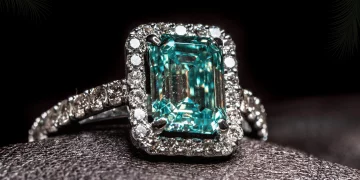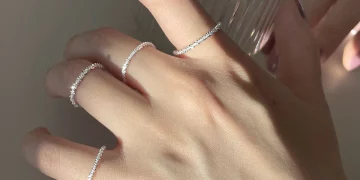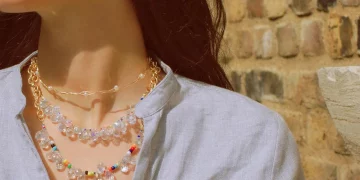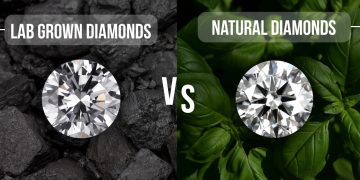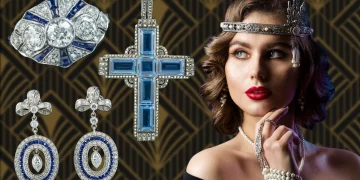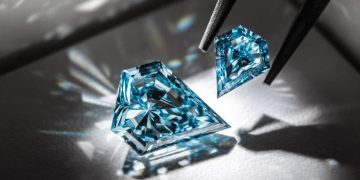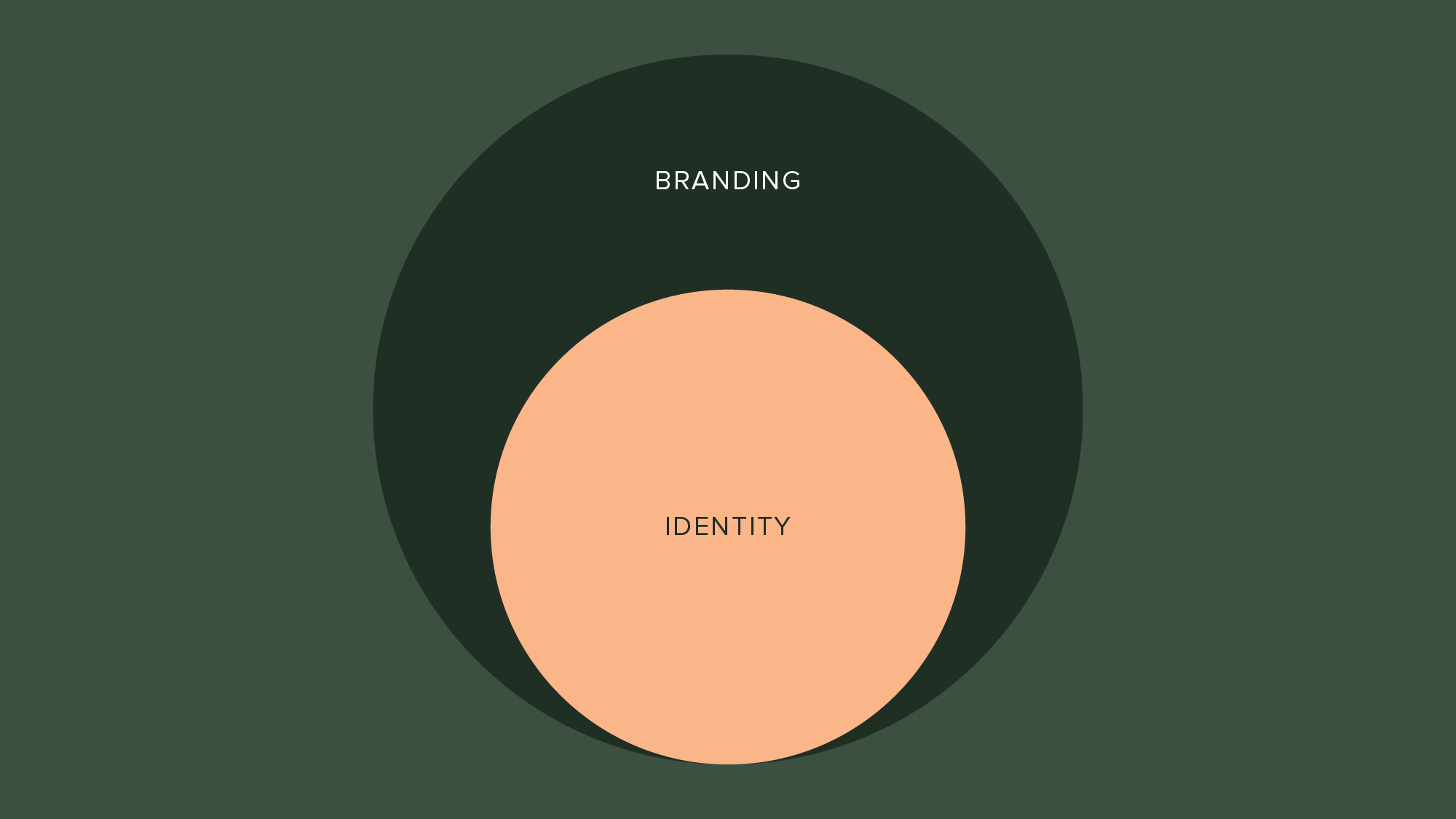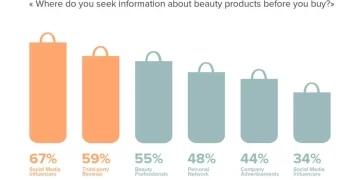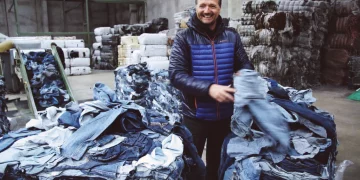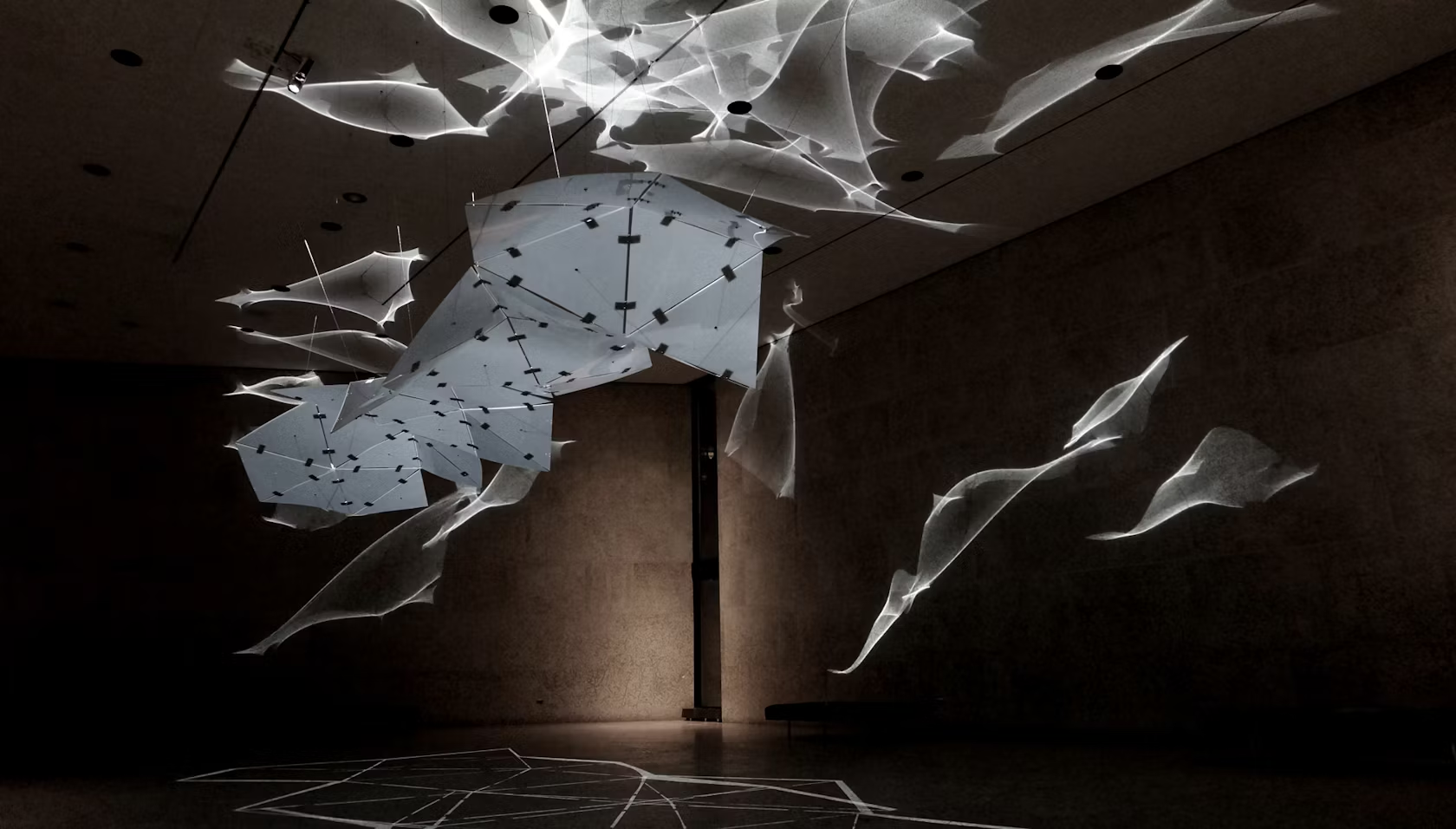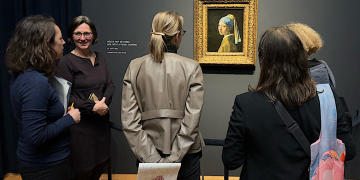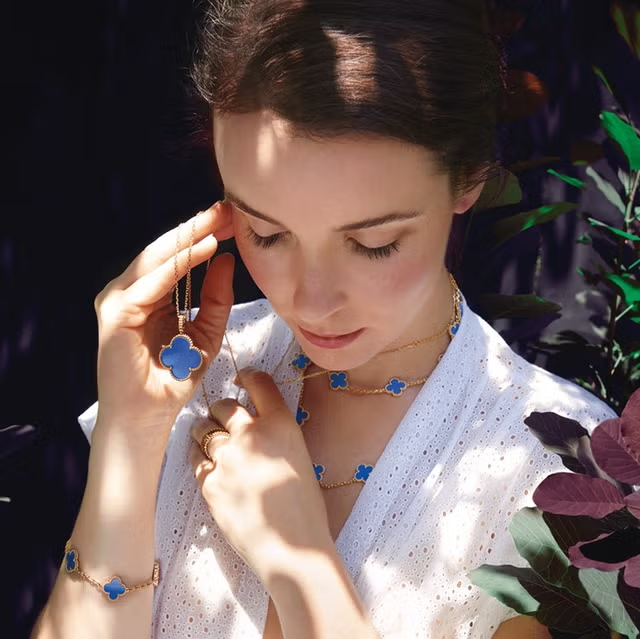Introduction
In recent years, the jewelry world has experienced a significant revival of vintage and retro styles. This trend, driven by both nostalgia and a growing appreciation for craftsmanship, has sparked a reawakening of classic jewelry designs that were once considered passé. As consumers continue to seek timeless elegance combined with modern sensibilities, the question arises: Does the resurgence of retro jewelry styles signal the return of classic designs, or is it simply a trend driven by fleeting nostalgia?
This article explores how the revival of vintage jewelry is influencing contemporary jewelry design, whether this marks the return of classic designs, and how modern designers are integrating old-world charm with innovative ideas. From Art Deco to the bold styles of the 80s, we’ll examine how various eras are influencing today’s high-end jewelry collections and what this trend means for the future of jewelry design.
1. Defining Retro and Classic Jewelry Styles
- The Meaning of Retro Jewelry: Retro jewelry typically refers to pieces from past decades that have influenced current trends, ranging from the 1920s Art Deco period to the 1990s grunge aesthetics. This section will define what retro jewelry means in contemporary design and how these styles evoke nostalgia while offering fresh perspectives for modern consumers.
- What Makes a Design “Classic”? Classic jewelry styles are timeless, elegant, and often rooted in history. Examples include simple diamond solitaire rings, pearl necklaces, and traditional gold cuffs. This section will explore the characteristics that define classic jewelry, making it revered across generations.
2. The Rise of Retro Jewelry in the Modern Market
- Revival of Iconic Jewelry Periods: Certain jewelry periods are making a comeback in the modern era, notably the Art Deco period, Retro Hollywood glamour, and 1970s bohemian styles. This section will explore how designers have revived and reinterpreted these iconic styles to appeal to modern tastes.
- Art Deco – geometric shapes, bold lines, and the use of diamonds and colorful gemstones.
- Retro Hollywood Glamour – the oversized designs and maximalist styles popular in the mid-20th century.
- 1970s Bohemian Jewelry – the use of ethnic-inspired designs and natural materials.
- Why Are Retro Styles Gaining Popularity? Retro jewelry is seeing a resurgence due to consumer interest in authenticity, craftsmanship, and individuality. This section will discuss why modern consumers are gravitating toward jewelry that offers a sense of nostalgia and permanence.
- Celebrity Influence on Retro Jewelry Trends: High-profile personalities, including movie stars and social media influencers, have played a significant role in bringing retro jewelry back into the mainstream. This section will examine how celebrity fashion, especially on the red carpet, contributes to the rise of vintage jewelry.
3. Vintage Jewelry and its Intersection with Contemporary Design
- Integrating Classic Designs with Modern Techniques: Jewelry designers are combining the elegance of retro styles with modern techniques and materials. This section will explore how contemporary jewelry houses are modernizing classic designs, adding innovation while maintaining the timeless appeal of vintage aesthetics.
- Modern Materials: the use of sustainable materials, lab-grown diamonds, and recycled metals in retro-inspired designs.
- Contemporary Adjustments: how retro designs are often adapted to suit modern sensibilities, with smaller sizes, cleaner lines, or innovative twists.
- The Influence of Technology on Vintage Styles: 3D printing, CAD (Computer-Aided Design), and other technological advances are allowing jewelers to recreate intricate vintage designs with incredible precision. This section will discuss how technology is enabling the restoration of classic designs with modern capabilities, making vintage styles more accessible and versatile.
4. Consumer Preferences: A Desire for Timeless Elegance
- The Search for Meaning and Nostalgia: Consumers today are increasingly seeking jewelry that tells a story, with vintage and retro pieces offering that connection to the past. This section will explore how modern consumers are drawn to jewelry that has historical significance or personal meaning, which classic designs often evoke.
- The Emotional Appeal of Vintage Jewelry: Vintage jewelry, often passed down through generations or associated with historical events, offers a deeper emotional connection than newer designs. This section will examine how emotional appeal influences consumers’ preferences for retro jewelry.
- Sustainability and Vintage Jewelry: As sustainability becomes a growing concern for consumers, vintage and retro jewelry is seen as a more eco-friendly option. This section will discuss how buying vintage or retro pieces is not only a way to own something classic but also a sustainable choice, as it minimizes the need for newly mined materials.

5. Popular Retro Jewelry Designs Making a Comeback
- The Art Deco Revival: Art Deco jewelry has seen a resurgence in recent years. Known for its geometric patterns, vibrant colors, and luxurious materials, Art Deco designs have been reinterpreted by many modern jewelers. This section will explore the elements of Art Deco that are making a comeback in contemporary collections.
- Chunky Chains and Bold Statement Pieces: The bold, chunky chain necklaces and oversized statement earrings of the 80s and 90s are making a strong comeback. This section will look at how modern designers are revisiting these bold pieces and incorporating them into current jewelry lines.
- Pearls: The Timeless Classic Pearls are considered a timeless piece of jewelry that transcends fashion trends. However, their usage has evolved over time. This section will discuss the modern reinterpretation of pearl jewelry, from baroque pearls to avant-garde designs, and how they continue to hold a special place in both vintage and contemporary jewelry collections.
- Retro Cocktail Rings and Brooches: Cocktail rings and large brooches, which were especially popular in the mid-20th century, are making a return. This section will explore how these statement pieces are being revamped to fit today’s fashion while maintaining their vintage appeal.
6. The Role of Jewelry Auctions and Vintage Stores in Promoting Retro Jewelry
- Jewelry Auctions as Gateways to Classic Pieces: Auction houses like Sotheby’s and Christie’s play a vital role in the revival of retro jewelry. This section will discuss how auctions have become an essential platform for collectors and modern buyers interested in acquiring rare, vintage pieces that evoke past eras.
- The Popularity of Vintage Jewelry Stores: The rise of specialized vintage jewelry stores and online platforms has made it easier for consumers to find and purchase retro pieces. This section will look at the role these stores and online platforms play in the growing demand for vintage jewelry, as well as how they curate collections that appeal to modern buyers.
7. The Future of Retro Jewelry: Will Classic Designs Continue to Dominate?
- The Enduring Allure of Timeless Jewelry: Despite the constant evolution of trends, some classic jewelry designs remain perennial favorites, always in demand. This section will explore whether the continued appeal of retro styles will contribute to a long-term revival of classic jewelry designs or if it is merely a passing trend.
- The Impact of Gen Z and Millennials on Jewelry Preferences: Younger generations are driving many of the current fashion trends, including a preference for vintage and retro jewelry. This section will analyze how Gen Z and Millennials’ tastes may influence the future of retro jewelry, as they continue to embrace sustainable, meaningful, and personal designs.
- The Influence of Retro Jewelry on Future Designs: The continued popularity of retro designs will undoubtedly influence the future direction of jewelry. This section will speculate on how the resurgence of retro jewelry might shape future trends, including the incorporation of vintage designs into futuristic, cutting-edge collections.
8. Conclusion
The revival of retro jewelry is not just a fleeting trend but a reflection of consumers’ growing appreciation for timeless elegance and craftsmanship. While the modern jewelry market continues to innovate with new materials and technologies, the resurgence of classic and vintage designs shows that there is a deep connection between the past and present. Retro jewelry, with its nostalgic appeal, offers a bridge to earlier periods of luxury while remaining relevant in today’s world. Whether driven by sustainability, celebrity endorsements, or the emotional connection to history, the return of classic jewelry designs signals a more enduring shift toward timelessness and quality in modern fashion.

